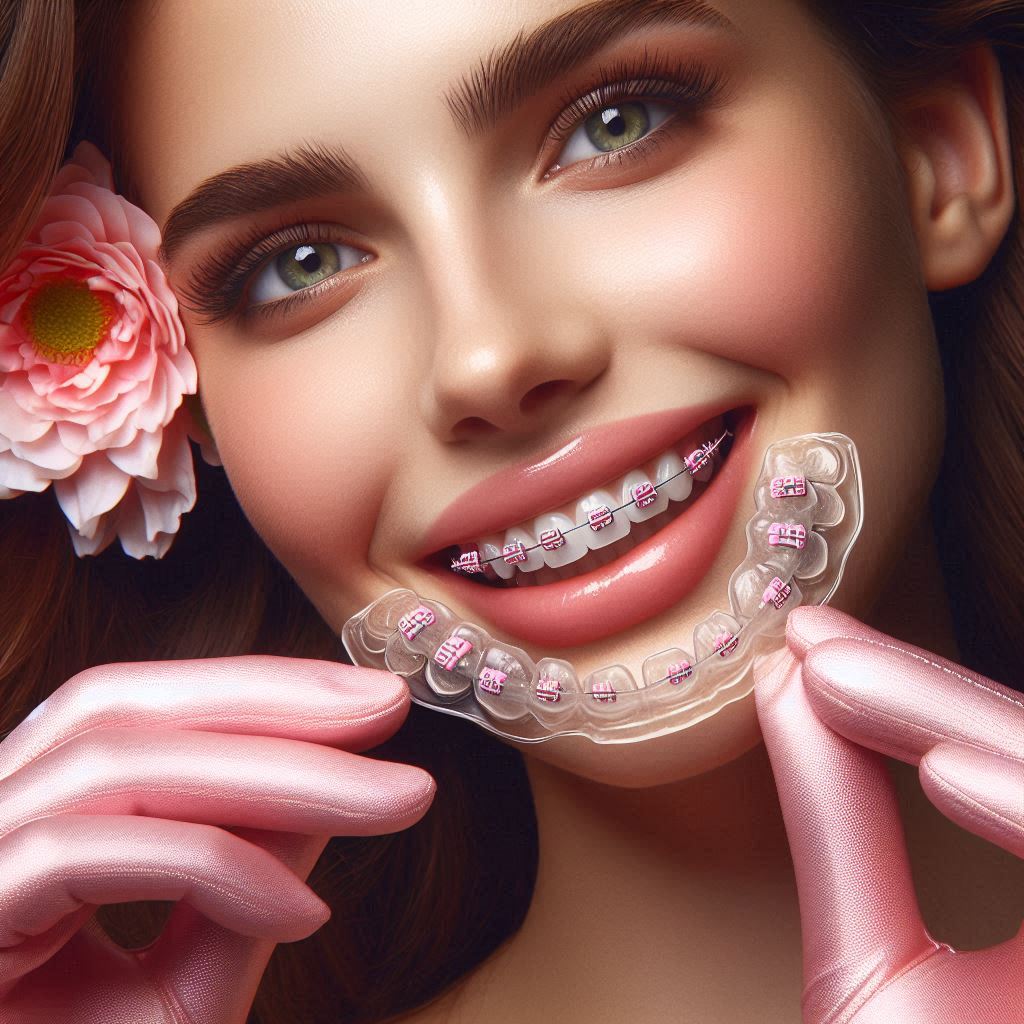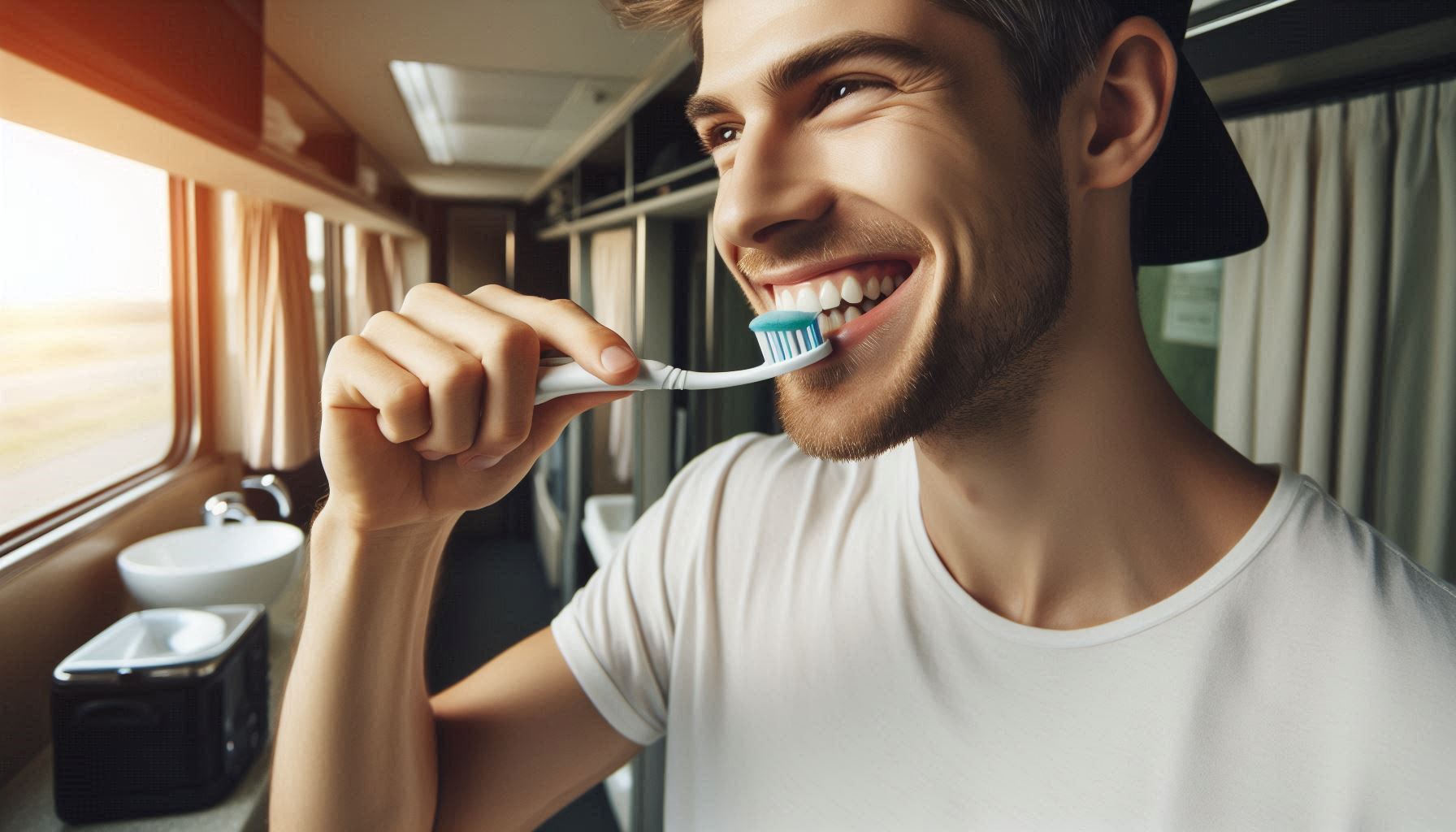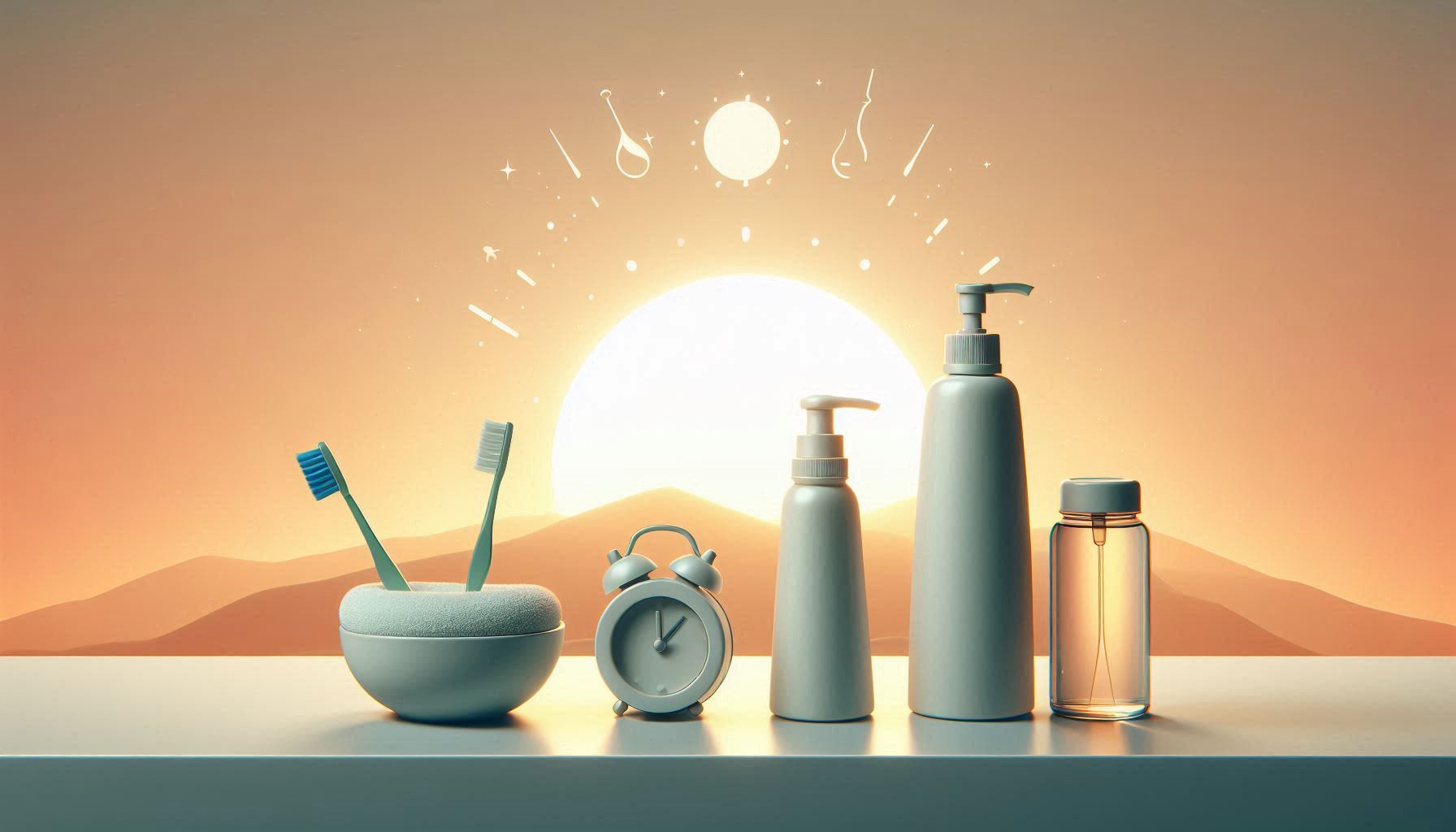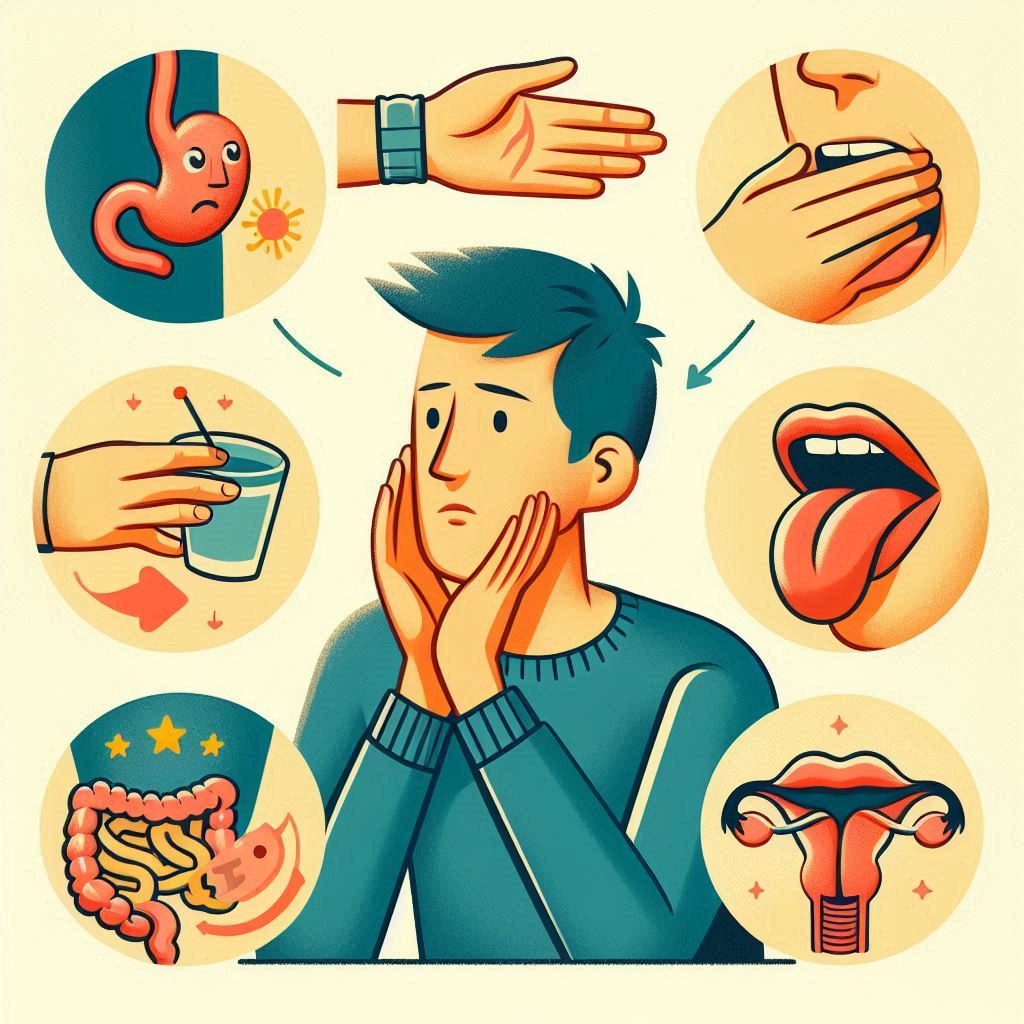When most people think of orthodontic treatment, their minds immediately go to braces. While braces are undoubtedly the primary tool used to straighten teeth and correct bite issues, they represent only part of the journey. After months (or even years) of wearing braces, the moment of relief and excitement that comes when they’re removed is short-lived. The importance of retainers cannot be overstated, as they are the key to ensuring that your hard-earned results from braces last. This guide will explore the various types of retainers, how they work, why they are necessary, and how to care for them to maintain a beautiful smile for a lifetime.
The Role of Retainers in the Orthodontic Process
Retainers serve a very specific purpose after braces are removed: they maintain the position of your teeth while the bones and tissues around them stabilize. This stabilization process can take several months or even years, as the teeth are supported by a complex system of bones, gums, and ligaments that need time to adapt to their new positions.
Why Teeth Shift Without Retainers
The process of orthodontic treatment involves more than just moving teeth into alignment; it involves changing the position of the roots of the teeth and the surrounding bone structure. Braces exert gentle pressure on the teeth, causing the bone to break down and rebuild in response to the new positions. Once the braces are removed, the bone and soft tissues that support the teeth are still in a state of adjustment. Without a retainer, there’s a significant risk that the teeth will shift back to their original positions, a phenomenon known as relapse.
Bone Remodelling and Soft Tissue Adaptation
The teeth themselves are held in place by the bone and ligaments that support them. The remodeling process occurs during orthodontic treatment, and although braces create a direct influence on the teeth, the bone and soft tissues surrounding them must also undergo gradual adjustments. The role of retainers is to act as a supportive device to allow the bone and soft tissues to stabilize in their new positions over time. Without this stabilizing force, the body may attempt to return the teeth to their previous alignment.
Understanding the Different Types of Retainers
The choice of retainer depends on various factors, including the orthodontic treatment you received, the extent of your alignment issues, personal preferences, and the advice of your orthodontist. There are several different types of retainers, each with its pros and cons. Let’s break them down in detail.
Fixed Retainers (Bonded Retainers)
A fixed retainer is a thin wire that is bonded directly to the back of your teeth, typically on the lower teeth, though sometimes on the upper teeth as well. This type of retainer is called “fixed” because it is permanently attached to the teeth and cannot be removed by the patient.
- Pros of Fixed Retainers:
- Continuous support: A fixed retainer ensures that your teeth are always supported, making it difficult to forget to wear it.
- Long-term stability: Fixed retainers are an excellent option for patients with a higher risk of relapse, particularly when it comes to the lower front teeth.
- Convenience: There’s no need to remember to put it in or take it out, so you can wear it consistently.
- Cons of Fixed Retainers:
- Oral hygiene challenges: Fixed retainers require diligent cleaning. The wire can trap food and plaque, which can lead to cavities and gum issues if not properly cleaned.
- Risk of breakage: The wire can sometimes break, especially if you engage in activities like eating hard foods or grinding your teeth at night.
- Discomfort: Fixed retainers can cause some initial discomfort, especially during the first few days after placement.
Hawley Retainers
A Hawley retainer is a removable retainer made of a combination of acrylic and wire. The wire portion is used to keep the teeth in their new positions, while the acrylic portion is designed to fit the roof of your mouth or along the bottom of your teeth.
- Pros of Hawley Retainers:
- Customizability: Hawley retainers come in a variety of colors, allowing for personalization. Some people even choose fun designs to match their personal style.
- Adjustability: Orthodontists can adjust Hawley retainers if the teeth shift slightly over time.
- Durability: Made of high-quality materials, Hawley retainers are known for their durability and long lifespan.
- Cons of Hawley Retainers:
- Aesthetic concerns: While they are relatively discreet, they are still visible in the mouth due to the metal wire, which may cause self-consciousness for some users.
- Maintenance: Because Hawley retainers are removable, they require consistent cleaning. Neglecting to clean them properly can lead to odors and buildup.
- Risk of loss or damage: As a removable appliance, there is a risk that it may be lost or damaged if not handled carefully.
Clear Plastic Retainers (Essix Retainers)
Essix retainers are made of clear, thin plastic that fits snugly over the teeth, similar to Invisalign aligners. They are molded to the exact shape of your teeth, providing a comfortable and discreet way to maintain alignment.
- Pros of Essix Retainers:
- Invisible: One of the biggest advantages of Essix retainers is that they are virtually invisible when worn, making them aesthetically pleasing to many users.
- Comfortable: The plastic material is smooth and comfortable against the teeth, with no wire poking or rubbing the inside of the mouth.
- Ease of use: Essix retainers are easy to remove for eating, drinking, or cleaning.
- Cons of Essix Retainers:
- Durability issues: Essix retainers are made from thin plastic, which can crack or break if dropped or exposed to excessive heat. Therefore, they require careful handling and storage.
- Limited adjustability: Unlike Hawley retainers, Essix retainers cannot be adjusted if teeth begin to shift slightly.
Combination Retainers
In some cases, orthodontists may recommend using both a fixed and a removable retainer in combination. For example, a fixed retainer might be used for the lower teeth, while an Essix or Hawley retainer is used for the upper teeth.
- Pros of Combination Retainers:
- Maximum support: By combining the benefits of both fixed and removable retainers, this option provides long-term stability for the teeth.
- Flexibility: If the teeth on one arch (e.g., the upper or lower) are more prone to shifting, a combination retainer can be tailored to focus on the more problematic area.
- Convenience and security: While the fixed retainer ensures that one part of your smile is consistently supported, the removable retainer allows for easy cleaning and maintenance.
- Cons of Combination Retainers:
- Complexity: Using both a fixed and removable retainer requires commitment and care to ensure both are used properly.
- Potential discomfort: Some individuals may find wearing both types of retainers simultaneously uncomfortable at first.
How Long Should You Wear a Retainer?
One of the most common questions patients ask is how long they need to wear their retainer after braces. The answer to this question depends on several factors, including the type of retainer you have and the specific orthodontic treatment you received.
Initial Period: Full-Time Retainer Wear
During the first few months after braces are removed, orthodontists typically recommend wearing the retainer full-time, except when eating or brushing your teeth. This is the period when your teeth are most vulnerable to shifting, and the retainer helps stabilize them in their new positions.
Maintenance Period: Nighttime Retainer Wear
After the initial few months of full-time retainer use, the orthodontist will usually advise switching to wearing the retainer only at night. Nighttime wear is generally sufficient to maintain the alignment of your teeth, as long as the retainer is worn consistently.
Long-Term Care: Occasional Retainer Wear
Some people may eventually be able to wear their retainer only a few nights a week, while others may need to continue wearing it every night for several years. Your orthodontist will guide you through this process based on how stable your teeth have become over time.
Lifetime Wear for Some Patients
In some cases, especially if a patient is at high risk for relapse, their orthodontist may recommend wearing a retainer for life—at least during sleep. Wearing a retainer occasionally for life ensures that the teeth stay aligned and that the effort put into braces doesn’t go to waste.
Why Some People Neglect Their Retainers
Although retainers are essential for preserving the results of orthodontic treatment, many people fail to wear them as prescribed. There are a variety of reasons for this, which we will explore in greater detail.
Lack of Awareness or Understanding
Some patients may not fully understand the importance of retainers. They may mistakenly believe that once their braces are removed, their teeth will stay perfectly aligned without further support. Education from the orthodontist is crucial in ensuring patients know the significance of retainers.
Discomfort
Some individuals experience discomfort when wearing a retainer, especially during the first few days of use or after a period of not wearing the retainer. It is common for the retainer to feel tight, and in some cases, patients may even feel sore. However, this discomfort typically goes away after a few days, and it is important to push through this initial discomfort to ensure the retainer serves its purpose.
Cosmetic Concerns
Though modern retainers are more aesthetically pleasing than ever before, some people still find it challenging to wear them because they feel self-conscious. Fixed retainers, in particular, may be noticeable to others, and some patients may be reluctant to wear them consistently. Clear retainers like Essix retainers have been a game-changer in this regard, as they are nearly invisible.
Forgetfulness or Convenience
Because removable retainers can be taken out, there’s always the risk of forgetting to put them back in. Many patients neglect to wear them consistently because they don’t feel the need to wear them during the day or they simply forget to put them back in before going to sleep.
The Long-Term Benefits of Wearing Your Retainer
The effort you put into wearing your retainer consistently will pay off in the long run. Not only will it help maintain your beautiful smile, but it will also prevent potential complications down the line. Here are some of the long-term benefits of wearing your retainer:
- Prevention of Misalignment: Wearing your retainer ensures that your teeth remain in their optimal positions, preventing relapse into misalignment.
- Maintaining Proper Bite Function: A stable bite is crucial for effective chewing and speaking. Retainers help preserve the bite you’ve worked hard to achieve.
- Improved Oral Health: Misaligned teeth can lead to uneven wear, difficulty cleaning certain areas, and potential dental problems such as tooth decay or gum disease. Retainers help maintain the integrity of your smile, which contributes to better oral health overall.
Caring for Your Retainer
Taking proper care of your retainer will ensure it remains in good condition and continues to support your smile.
Cleaning Your Retainer
To keep your retainer in top shape, it’s important to clean it regularly:
- Removable Retainers: Use a soft toothbrush and lukewarm water to clean your retainer daily. Avoid using toothpaste, as it can be abrasive and may scratch the surface. There are also special retainer cleaning tablets available that can help remove any buildup.
- Fixed Retainers: Keep the wire and teeth clean by brushing thoroughly around the area where the wire is bonded. Flossing can be tricky around fixed retainers, but special floss threaders can help you reach areas between the wire and your teeth.
Storing Your Retainer
When not in use, always store your retainer in its case. This prevents it from being damaged, lost, or contaminated. Avoid leaving your retainer in hot environments, such as a car or near a radiator, as excessive heat can warp or damage the plastic material.
Avoiding Damage
Retainers are delicate, especially clear plastic ones. To prevent damage, avoid chewing on the retainer or using it as a “fidget” object. Also, never try to bend or adjust your retainer by yourself.
The Cost of Not Wearing a Retainer
The consequences of not wearing a retainer can be significant. Here are some potential outcomes:
- Teeth Shifting: Without the support of a retainer, your teeth can gradually shift back into their original misaligned positions, potentially undoing all the hard work that went into your orthodontic treatment.
- Orthodontic Relapse: When teeth move out of their ideal positions, further orthodontic treatment may be required. This means additional time, money, and potential discomfort for you.
- Functional Issues: Teeth that shift can create functional issues, such as difficulty chewing, speaking, or a misaligned bite, leading to potential discomfort or even pain.
Conclusion
Retainers are often overlooked in the orthodontic journey, yet they play a critical role in maintaining the results achieved through braces. While braces are the key tool for aligning teeth, retainers ensure that the hard work doesn’t go to waste. Once braces are removed, the teeth are still in a state of transition, and without a retainer, they are likely to shift back to their original positions. By understanding the importance of retainers and using them as prescribed, you help solidify the alignment and prevent relapse.
Choosing the right type of retainer is crucial, as each type—whether fixed, removable, or clear—offers unique benefits. Committing to proper wear and care ensures long-term stability, allowing you to preserve your beautiful smile. Initially, full-time wear is necessary, but over time, most patients transition to nighttime wear, with some needing long-term use.
Retainers are the final step in the orthodontic process, offering the support needed to maintain the straightened teeth for years to come. With consistent use and attention, they help secure the results of your braces, giving you a lifetime of confident, radiant smiles. Don’t underestimate the power of retainers—they are essential to lasting orthodontic success.
SOURCES
Bishara, S. E. (2001). Textbook of orthodontics. Saunders.
Graber, L. W., & Vanarsdall, R. L. (2005). Orthodontics: Current principles and techniques (4th ed.). Elsevier Mosby.
Kenton, W., & Turner, S. (2007). The role of retainers in orthodontic treatment outcomes. American Journal of Orthodontics and Dentofacial Orthopedics, 132(6), 789-794.
Little, R. M. (1990). The irregularity index: A quantitative score of mandibular anterior alignment. American Journal of Orthodontics and Dentofacial Orthopedics, 97(4), 320-327.
McNamara, J. A. (2006). Retention and stability in orthodontics: A review of the literature. Journal of Clinical Orthodontics, 40(12), 779-786.
O’Brien, K., Wright, J., Conboy, F., San, V., & McDonagh, M. (2003). A systematic review of the effectiveness of retention procedures in orthodontics. European Journal of Orthodontics, 25(6), 675-686.
Shaw, W. C., & Richmond, S. (1997). The role of retainers in orthodontics. Orthodontics & Craniofacial Research, 5(3), 163-172.
Thorn, J. A. (2003). Orthodontic retention: A historical perspective. Seminars in Orthodontics, 9(2), 145-152.
Wylie, W. C. (1992). The role of removable and fixed retainers in orthodontic care. Journal of Orthodontics, 13(4), 141-146.
HISTORY
Current Version
February 12, 2025
Written By:
SUMMIYAH MAHMOOD




